Home>Renovation & DIY>Tools & Equipment>What Is A Flat Head Screwdriver Called
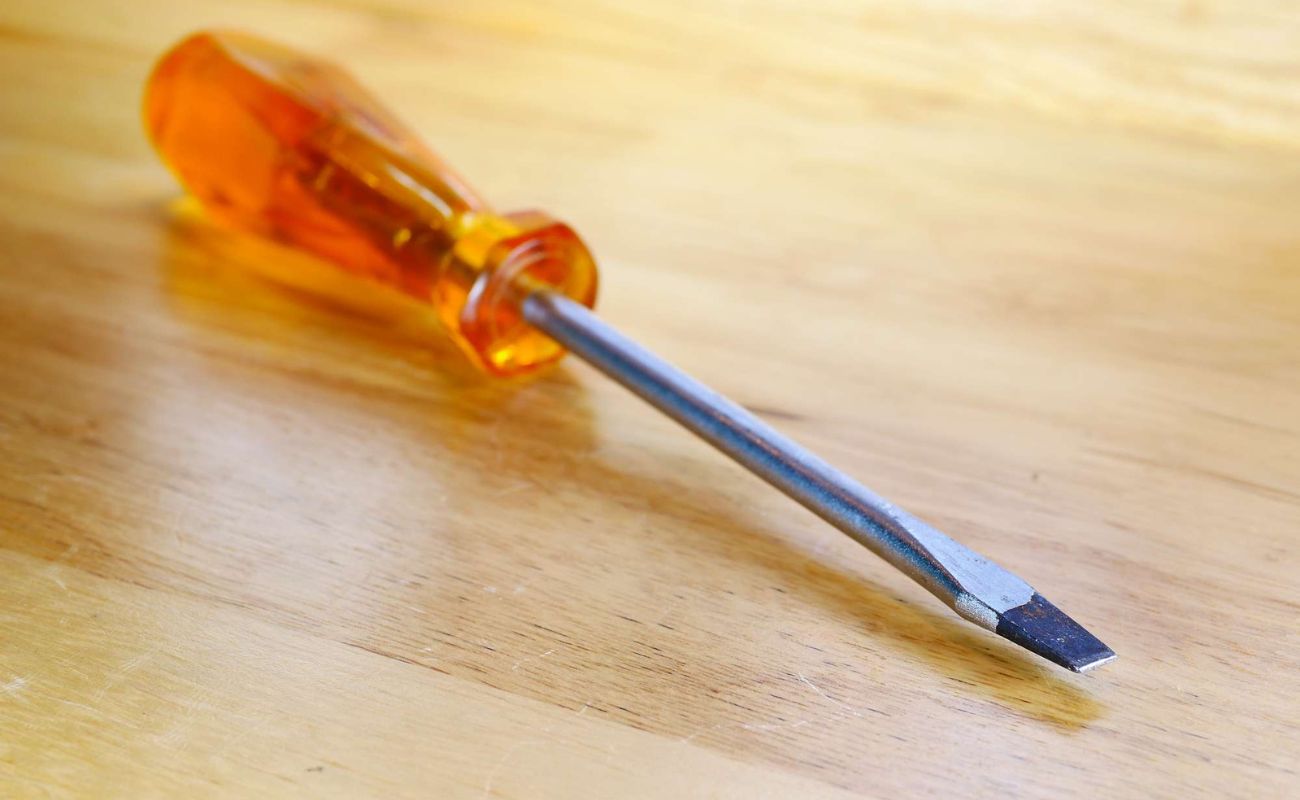

Tools & Equipment
What Is A Flat Head Screwdriver Called
Modified: January 9, 2024
Discover the name of a flat head screwdriver and explore the wide range of essential tools and equipment in the field. Enhance your knowledge and DIY skills!
(Many of the links in this article redirect to a specific reviewed product. Your purchase of these products through affiliate links helps to generate commission for Storables.com, at no extra cost. Learn more)
Introduction
A flat head screwdriver, also known as a slotted screwdriver, is a versatile and essential tool found in almost every toolbox. It is designed to turn screws with a single straight slot on the head. The simplicity of its design allows it to be used with a wide variety of screws, making it a handy tool for various applications.
In this article, we will delve into the world of flat head screwdrivers, exploring their common terms, variations, uses, pros and cons, as well as safety precautions when using them. By the end of this article, you will have a comprehensive understanding of this invaluable tool.
Key Takeaways:
- The flat head screwdriver, also known as a slotted screwdriver, is a versatile and essential tool with a simple design, making it suitable for a wide range of tasks from assembling furniture to repairing appliances.
- Safety precautions, such as using the correct size screwdriver, applying downward pressure, and maintaining a stable working surface, are crucial when using a flat head screwdriver to prevent accidents and injuries.
Read more: What Is A Flat Head Screwdriver Used For
Definition of a flat head screwdriver
A flat head screwdriver is a handheld tool with a long, slender shaft and a flat tip that is inserted into the single straight slot of a screw head. The shaft is usually made of durable steel or another strong metal, while the handle is often made of a comfortable, non-slip material like rubber or plastic.
The width of the flat tip of the screwdriver corresponds to the width of the slot in the screw head. Common sizes range from 1/8 inch to 3/8 inch, with larger sizes available for heavy-duty applications. The length of the shaft also varies, typically ranging from 3 to 12 inches, providing flexibility for different project requirements.
The flat head screwdriver is named after its distinctive flat-shaped tip. This tip allows the screwdriver to engage the groove of the screw head, enabling the user to apply torque and drive the screw into or out of a material. The slot on the screw head is usually straight, but some variations, like Phillips or Pozidriv, have different shapes and require specialized screwdrivers.
Overall, the flat head screwdriver’s simplicity and versatility make it a fundamental tool for various tasks, from simple household repairs to intricate woodworking and mechanical projects.
Common terms for a flat head screwdriver
A flat head screwdriver is known by various terms depending on geographic location, industry, and personal preference. Here are some commonly used terms for a flat head screwdriver:
- Flathead screwdriver: This is the most widely recognized term for a screwdriver with a flat tip. It emphasizes the flat shape of the tip, distinguishing it from other types of screwdrivers.
- Slotted screwdriver: This term refers to the screwdriver’s slot or groove that matches the shape of the screw head. It is more commonly used in technical and professional settings.
- Standard screwdriver: This term is often used to differentiate the flat head screwdriver from other specialized screwdrivers, such as Phillips or Torx screwdrivers.
- Flat tip screwdriver: This term emphasizes the flat shape of the screwdriver’s tip, making it easier to differentiate from other types of screwdrivers.
- Straight screwdriver: This term emphasizes the straight design of the slot on the screw head that the screwdriver engages with.
- Slotted driver: This term is commonly used in the manufacturing and engineering industries to refer to a screwdriver specifically designed for slotted screws.
- Flat-bladed screwdriver: This term highlights the flat blade-like shape of the screwdriver’s tip.
- Cabinet screwdriver: This term is often used to describe a flat head screwdriver with a shorter shaft, perfect for accessing screws in tight spaces or cabinetry work.
While these terms may vary, they all refer to the same type of screwdriver with a flat tip designed for slotted screws. Regardless of the term used, the flat head screwdriver remains an indispensable tool in various industries and applications.
Variations of flat head screwdrivers
While the basic design of a flat head screwdriver remains consistent, there are variations to suit different types of screws and applications. Here are some common variations of flat head screwdrivers:
- Single-tip flat head screwdriver: This is the most common and traditional type of flat head screwdriver, featuring a single flat tip that fits into the slot of a screw head. It is versatile and suitable for a wide range of slotted screws.
- Pocket screwdriver: A pocket screwdriver is a compact and portable version of the flat head screwdriver. It usually has a shorter shaft and a foldable or removable handle, making it convenient for carrying in pockets or small tool kits.
- Stubby flat head screwdriver: The stubby screwdriver has a shorter shaft and handle than a regular screwdriver. It is particularly useful when working in tight spaces or when a shorter reach is required. The stubby design provides better control and maneuverability.
- Electrician’s screwdriver: An electrician’s screwdriver is specifically designed for electrical work. It has a slimmer and longer shaft, allowing it to reach recessed or hard-to-reach screws in electrical outlets and switches.
- Insulated flat head screwdriver: Insulated screwdrivers have handles made from an insulating material like rubber or plastic. They provide protection against electrical shock and are commonly used by electricians or when working with live electrical circuits.
- Interchangeable flat head screwdriver bits: This type of flat head screwdriver features a handle with a magnetic socket where interchangeable flat head screwdriver bits can be inserted. These bits come in various sizes, allowing you to use one handle for multiple screw sizes.
These variations of flat head screwdrivers cater to different needs and specific job requirements. Having access to a range of screwdriver variations ensures that you can tackle various projects with ease and precision.
A flat head screwdriver is also known as a slotted screwdriver due to its flat, single-slot tip. It is commonly used for tightening or loosening screws with a straight, single-slot head.
Uses of a flat head screwdriver
A flat head screwdriver is a versatile tool that can be used in a wide range of applications. Here are some common uses of a flat head screwdriver:
- Assembling furniture: Many furniture pieces, especially those with simple designs and flat pack packaging, are secured with flat head screws. A flat head screwdriver is essential for assembling these pieces and tightening the screws securely.
- Repairing appliances: Flat head screws are often found in appliances like toasters, microwaves, and small electronics. A flat head screwdriver allows you to open up these devices for repairs or maintenance.
- Installing electrical outlets: Electrical outlets and switches commonly use flat head screws for mounting. A flat head screwdriver is needed to install or remove these screws during electrical work.
- Woodworking: Flat head screws are frequently used in woodworking projects. A flat head screwdriver is used to drive the screws into the wood, securing joints and fastening pieces together.
- Removing paint can lids: Some paint cans have flat head screws securing their lids. A flat head screwdriver can be used to unscrew these screws and open the paint can.
- Tightening screws on hinges: Many door hinges and cabinet hinges are secured with flat head screws. A flat head screwdriver is used to tighten or adjust these screws, ensuring smooth movement and proper alignment.
- Opening battery compartments: Flat head screws are often used to secure battery compartments in various devices, such as toys, remote controls, and small appliances. A flat head screwdriver allows you to open these compartments to replace or install batteries.
- Securing license plates: License plates on vehicles are commonly attached using flat head screws. A flat head screwdriver is required to tighten or remove these screws for plate installation or replacement.
These are just a few examples of how a flat head screwdriver can be utilized. Its usefulness extends to many other tasks, both at home and in professional settings. Having a flat head screwdriver in your toolbox ensures that you’ll be prepared for various projects and repairs.
Read more: What Is A Cross Head Screwdriver
Pros and cons of using a flat head screwdriver
Like any tool, a flat head screwdriver has its advantages and disadvantages. Understanding these pros and cons can help you make informed decisions when choosing the right tool for your specific needs. Here are the pros and cons of using a flat head screwdriver:
Pros:
- Versatility: One of the biggest advantages of a flat head screwdriver is its versatility. It can be used with a wide range of slotted screws, making it a handy tool for various applications.
- Availability: Flat head screws are commonly found in many household items, furniture, and electrical devices. Having a flat head screwdriver on hand means you will be equipped to handle common repair and maintenance tasks.
- Simple design: The straightforward design of a flat head screwdriver means there are no moving parts or complex mechanisms to worry about. It is easy to use and requires minimal maintenance.
- Affordability: Flat head screwdrivers are generally inexpensive, making them accessible to DIY enthusiasts and professionals alike.
- Durability: Flat head screwdrivers are typically made of durable materials like steel, allowing them to withstand repeated use without wearing down easily.
Cons:
- Limited to slotted screws: The main limitation of a flat head screwdriver is that it can only be used with slotted screws. If you encounter different types of screws like Phillips or Torx, you will need additional screwdrivers.
- Less grip: Flat head screws can be challenging to grip, especially if they are worn or damaged. The flat tip of the screwdriver can slip out of place, making it difficult to apply the necessary torque.
- Screw damage: Incorrectly using a flat head screwdriver can lead to the screw head getting damaged, especially with softer materials like brass or aluminum. This can make it difficult to remove or tighten the screw in the future.
- Lack of control in tight spaces: In tight spaces, it can be challenging to maneuver a flat head screwdriver. The longer shaft may make it difficult to access screws in confined areas or corners.
- Increased risk of injury: Flat head screws have sharp edges, and the flat head screwdriver must be inserted accurately to prevent slipping. Carelessness can lead to injuries like cuts or punctures if the screwdriver slips or slides off the screw.
By weighing these pros and cons, you can determine when and where to use a flat head screwdriver effectively. It remains a valuable tool in many situations, but it’s essential to be aware of its limitations and take precautions while using it.
Safety precautions when using a flat head screwdriver
When using a flat head screwdriver, it is important to follow certain safety precautions to ensure your well-being and prevent accidents. Here are some safety tips to keep in mind:
- Use the right size: Ensure that you use the correct size of flat head screwdriver that matches the slot of the screw head. Using the wrong size can result in slipping and damage to the screwdriver or the screw.
- Inspect the screw and screwdriver: Before using a flat head screwdriver, inspect both the screw and screwdriver for any damage or wear. Damaged screws or screwdrivers can lead to accidents or ineffective usage.
- Apply downward force: To prevent slippage, apply firm downward pressure on the screwdriver while turning the screw. This provides better engagement and reduces the risk of slipping and potential injuries.
- Maintain a stable working surface: Ensure that the surface on which you are working is stable and secure. Unstable or slippery surfaces can cause you to lose control of the screwdriver, leading to accidents or damage.
- Protective gear: Depending on the task at hand, it may be necessary to wear protective gloves and safety glasses to protect your hands and eyes from sharp edges or flying debris.
- Avoid excessive force: Apply force gradually and avoid using excessive force to turn a stubborn screw. Excessive force can lead to slipping or breaking of the screwdriver, causing injuries or damaging the screw head.
- Keep fingers away from the tip: Always keep your fingers away from the tip of the screwdriver while working. Accidental slips can cause injuries to your fingers or hands.
- Store safely: When not in use, store your flat head screwdriver in a designated tool storage area or toolbox. This ensures that it is kept in a secure and organized manner, reducing the risk of accidental injuries or damage.
By following these safety precautions, you can minimize the risk of accidents and work confidently with a flat head screwdriver. Remember to prioritize safety at all times during your projects or repairs.
Conclusion
A flat head screwdriver, also known as a slotted screwdriver, is a versatile and essential tool in any toolbox. Its simplicity and adaptability make it a reliable choice for a wide range of tasks, from assembling furniture to repairing appliances. The flat head screwdriver’s straightforward design and availability make it a go-to tool for many DIY enthusiasts, homeowners, and professionals.
Throughout this article, we explored the various aspects of a flat head screwdriver, including its definition, common terms, variations, uses, pros, and cons. We discovered that while it may have its limitations, the flat head screwdriver remains an indispensable tool in numerous applications, from woodworking to electrical work.
When using a flat head screwdriver, it is crucial to prioritize safety. Adhering to safety precautions, such as using the correct size screwdriver, applying downward pressure, and maintaining a stable working surface, can help prevent accidents and injuries.
In conclusion, a flat head screwdriver is a reliable and versatile tool that should be a staple in every toolbox. Whether you are a DIY enthusiast or a professional, having a flat head screwdriver on hand ensures that you are equipped to handle a variety of projects and repairs with confidence. So, next time you’re faced with a slotted screw, reach for your trusty flat head screwdriver and tackle the task at hand with ease.
Frequently Asked Questions about What Is A Flat Head Screwdriver Called
Was this page helpful?
At Storables.com, we guarantee accurate and reliable information. Our content, validated by Expert Board Contributors, is crafted following stringent Editorial Policies. We're committed to providing you with well-researched, expert-backed insights for all your informational needs.
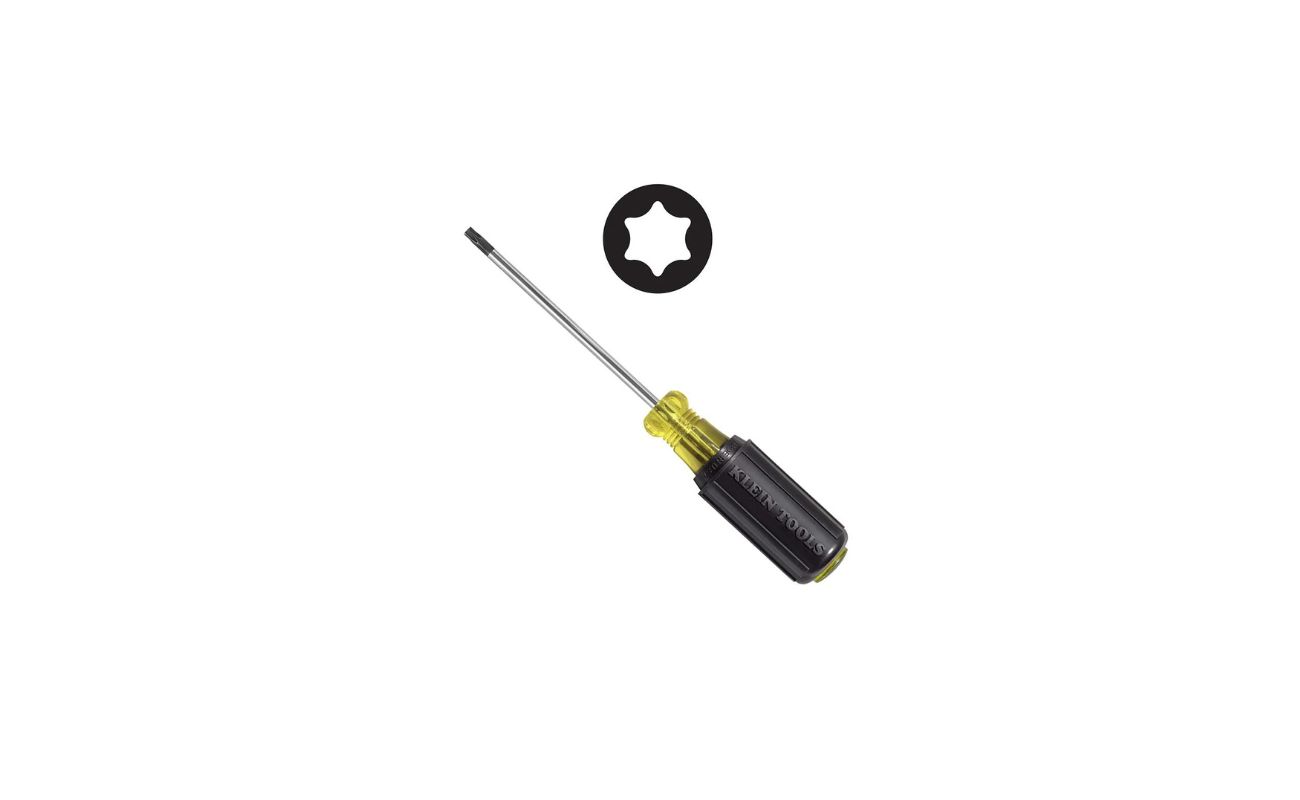
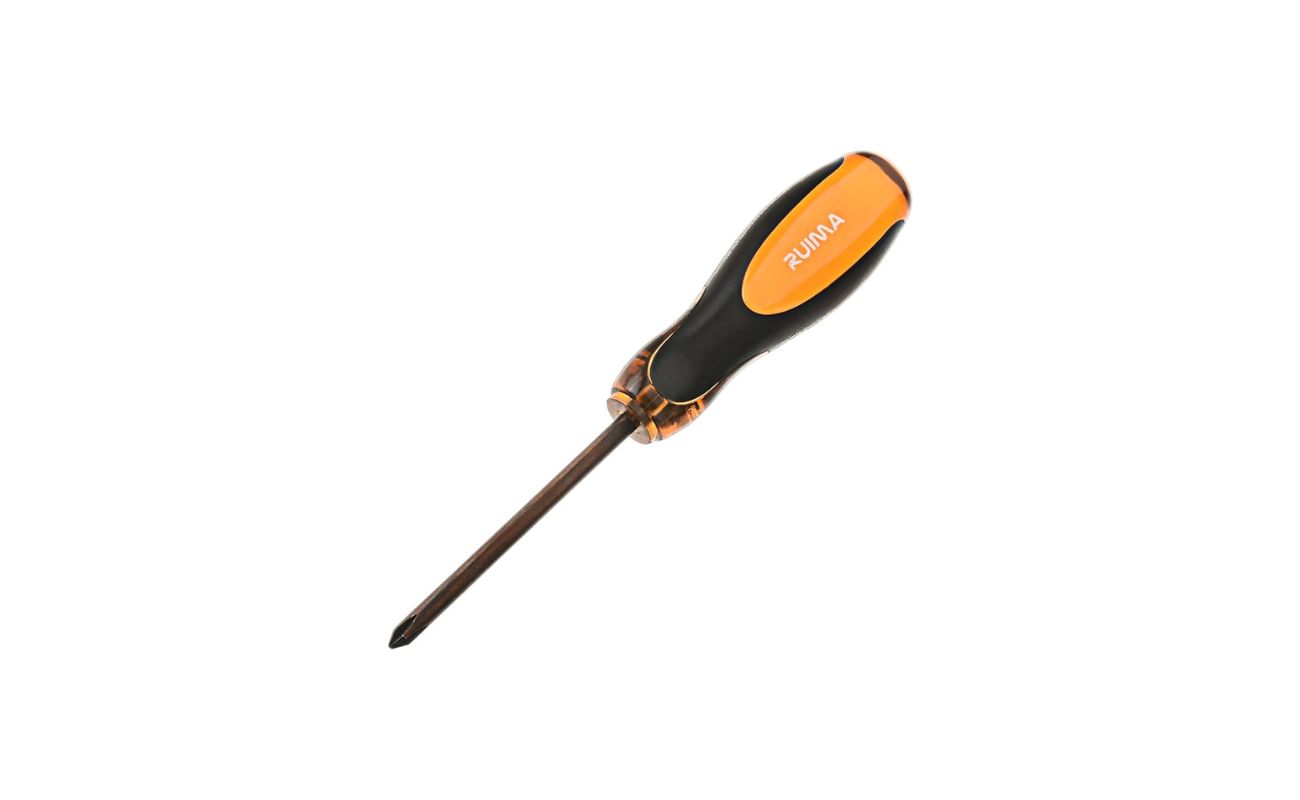
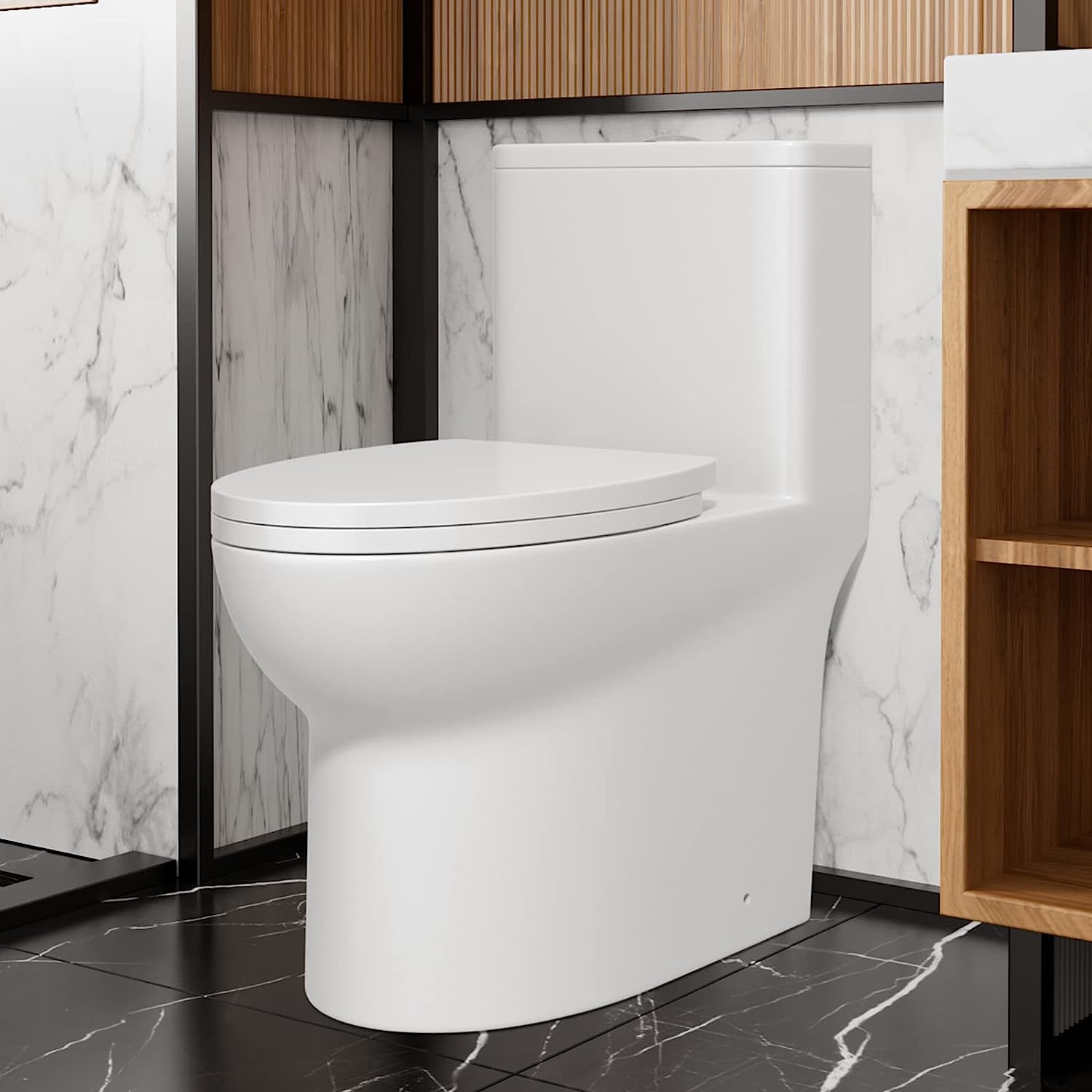
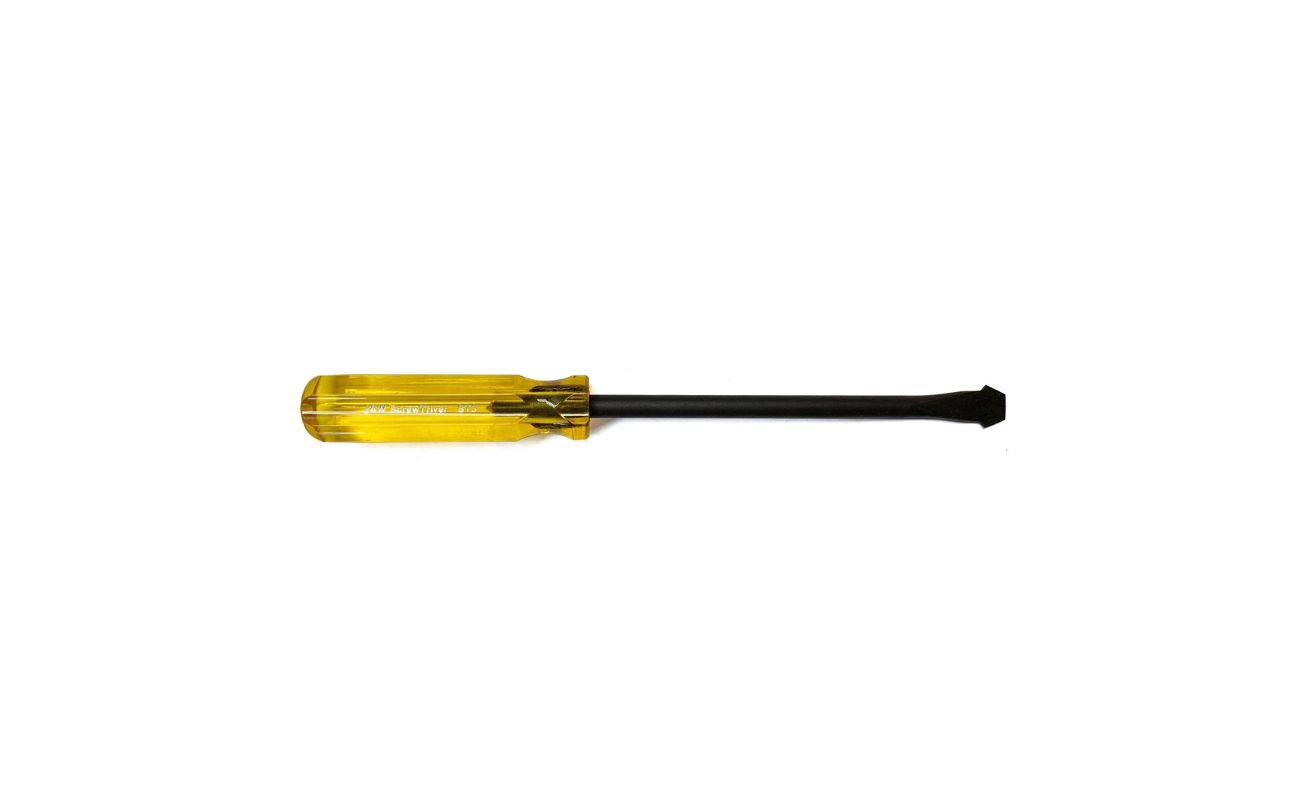
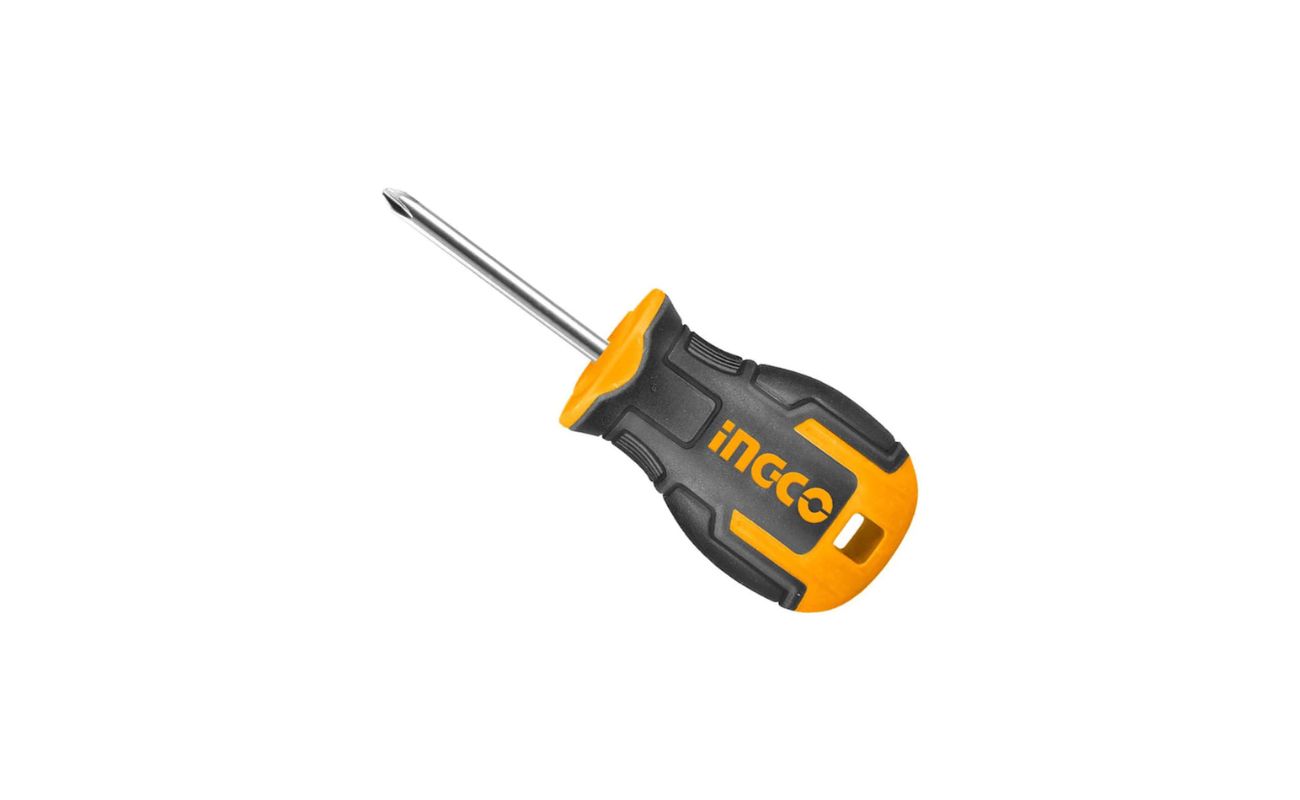
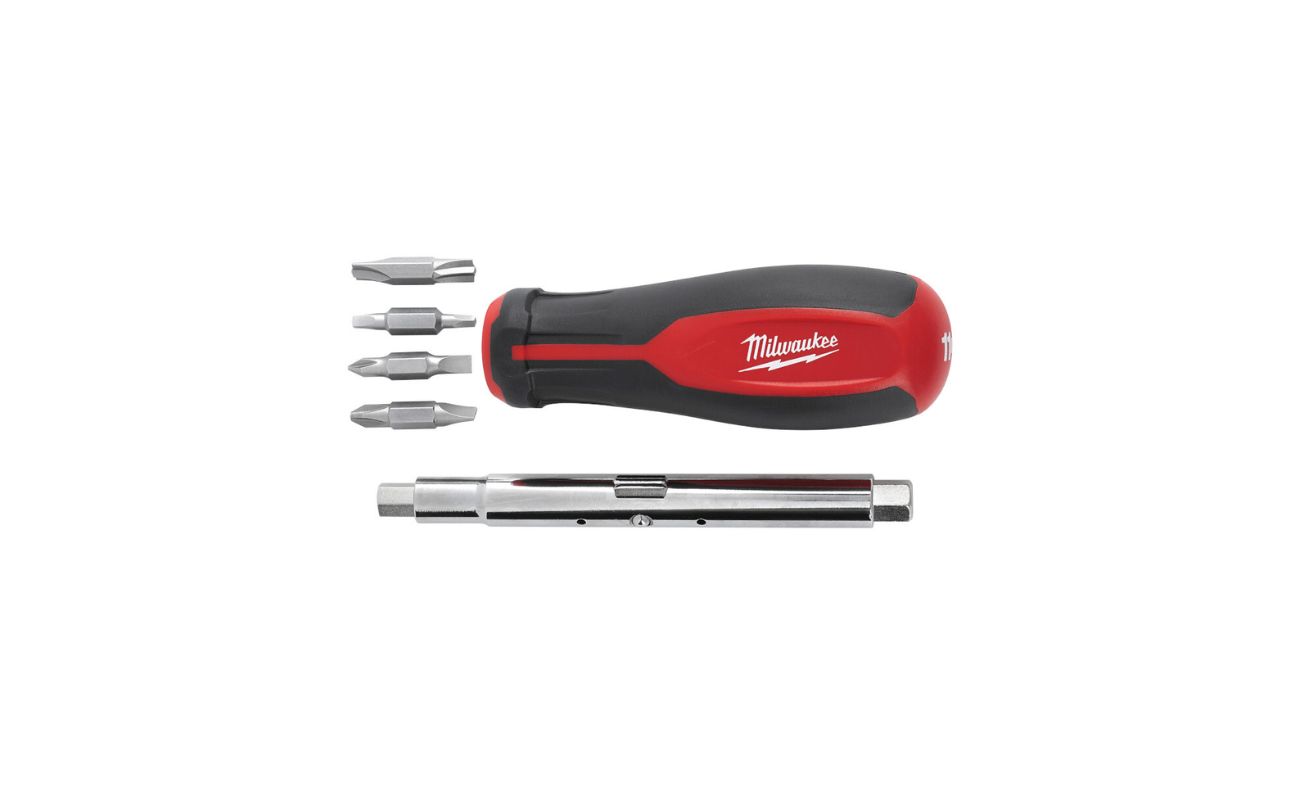
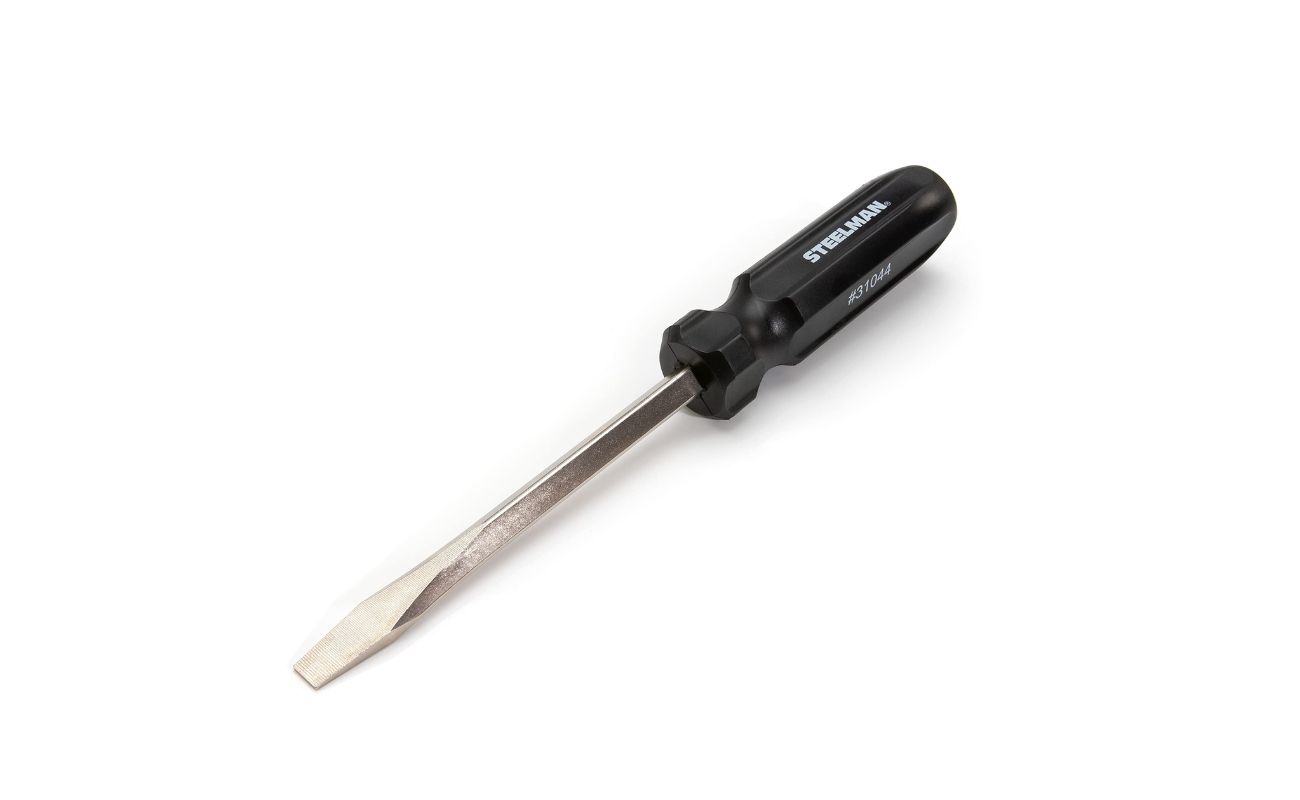
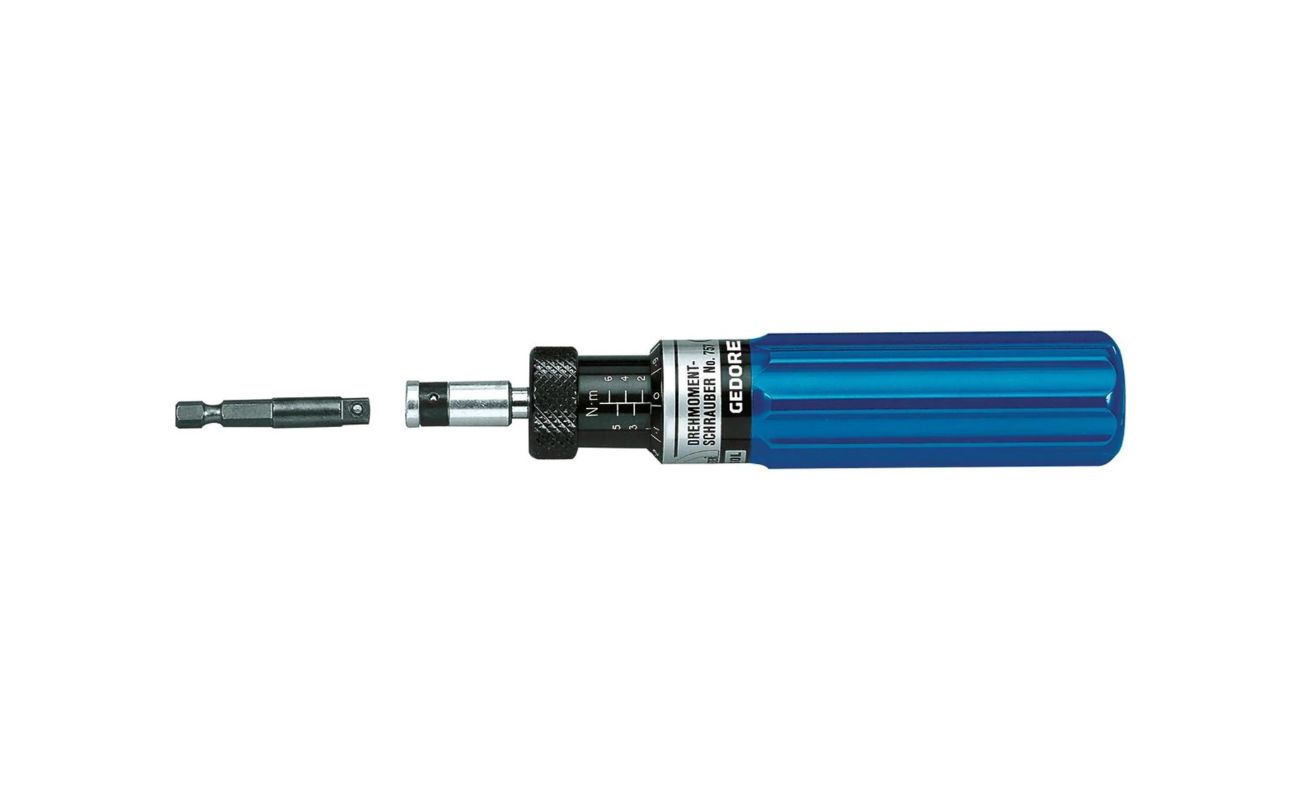
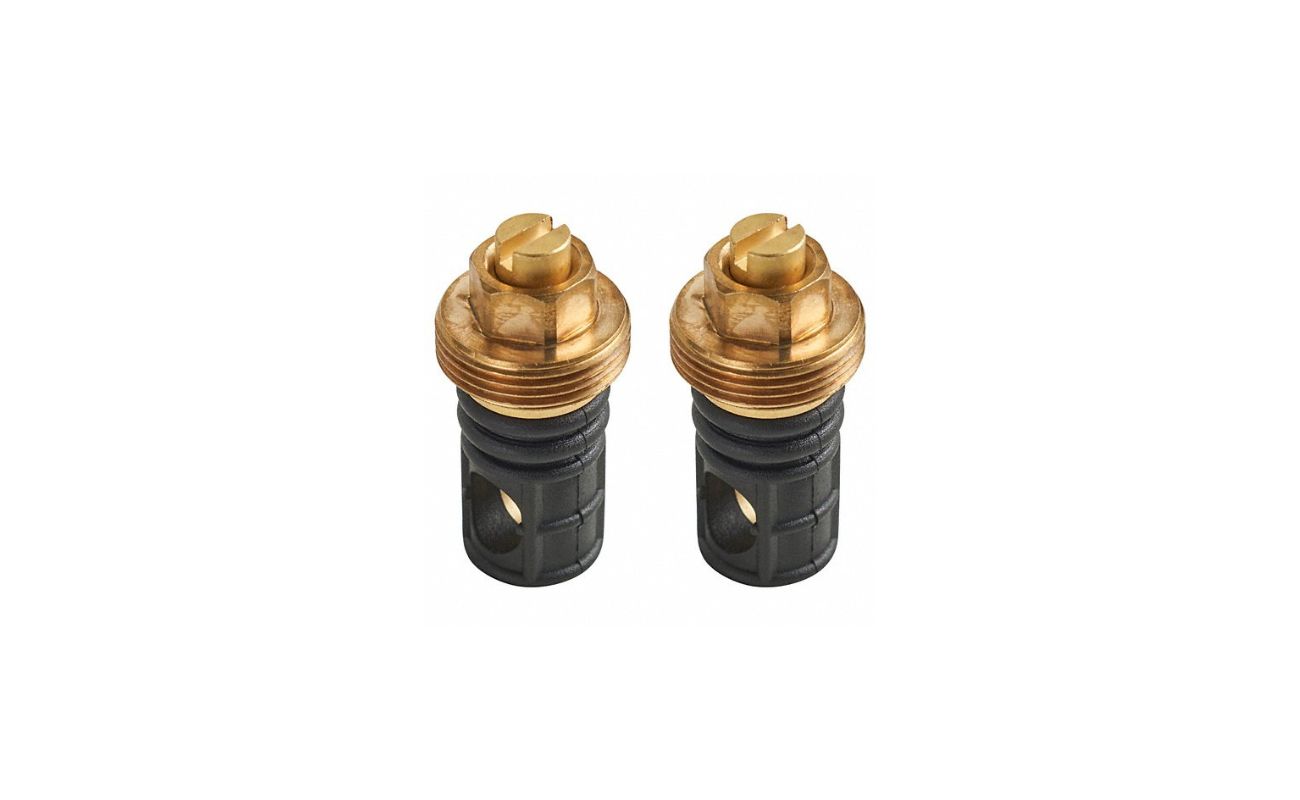
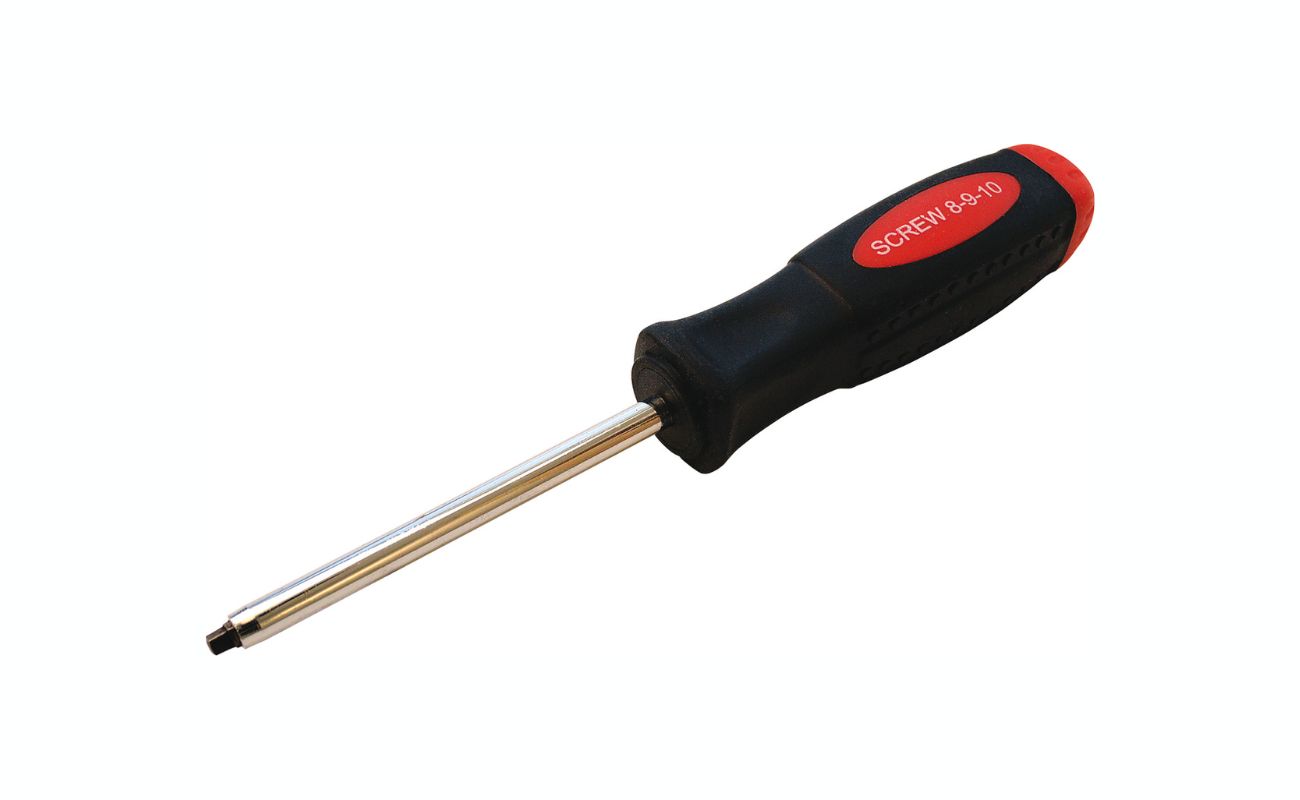
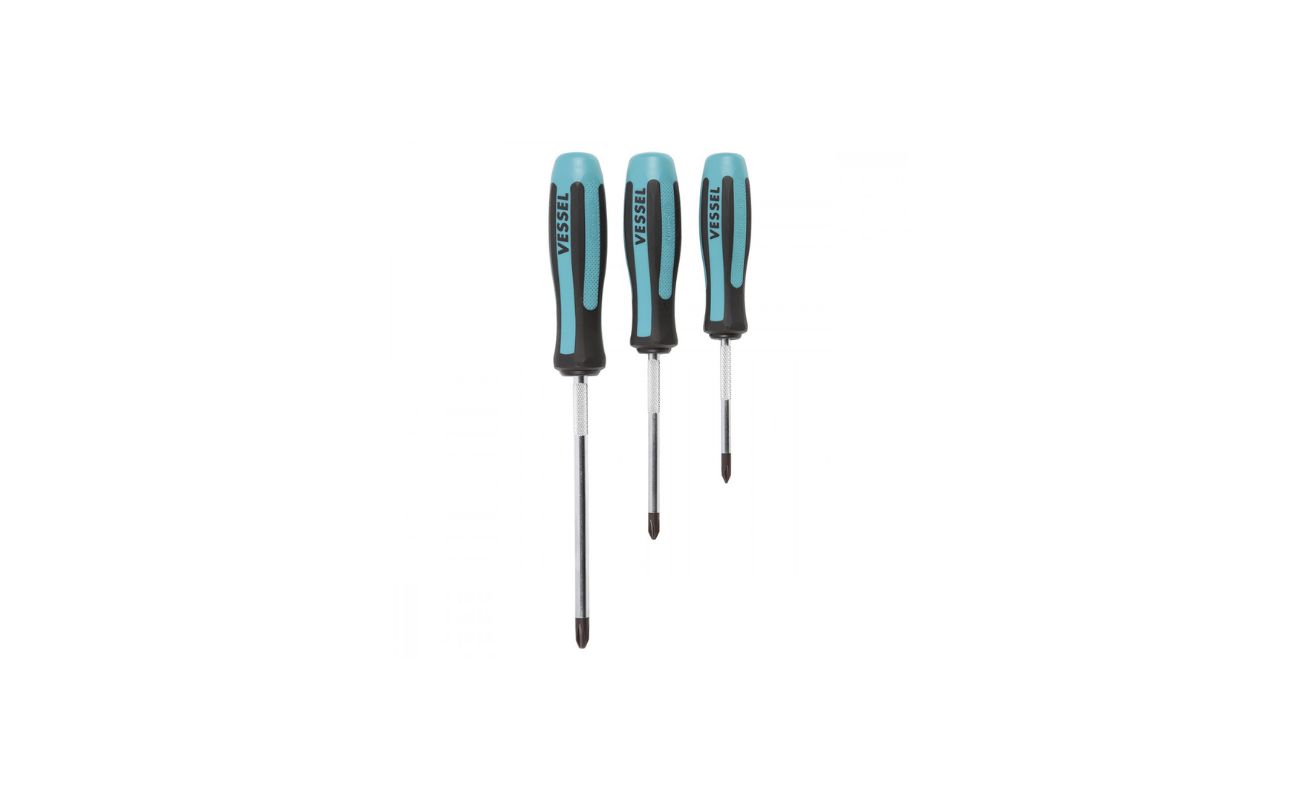
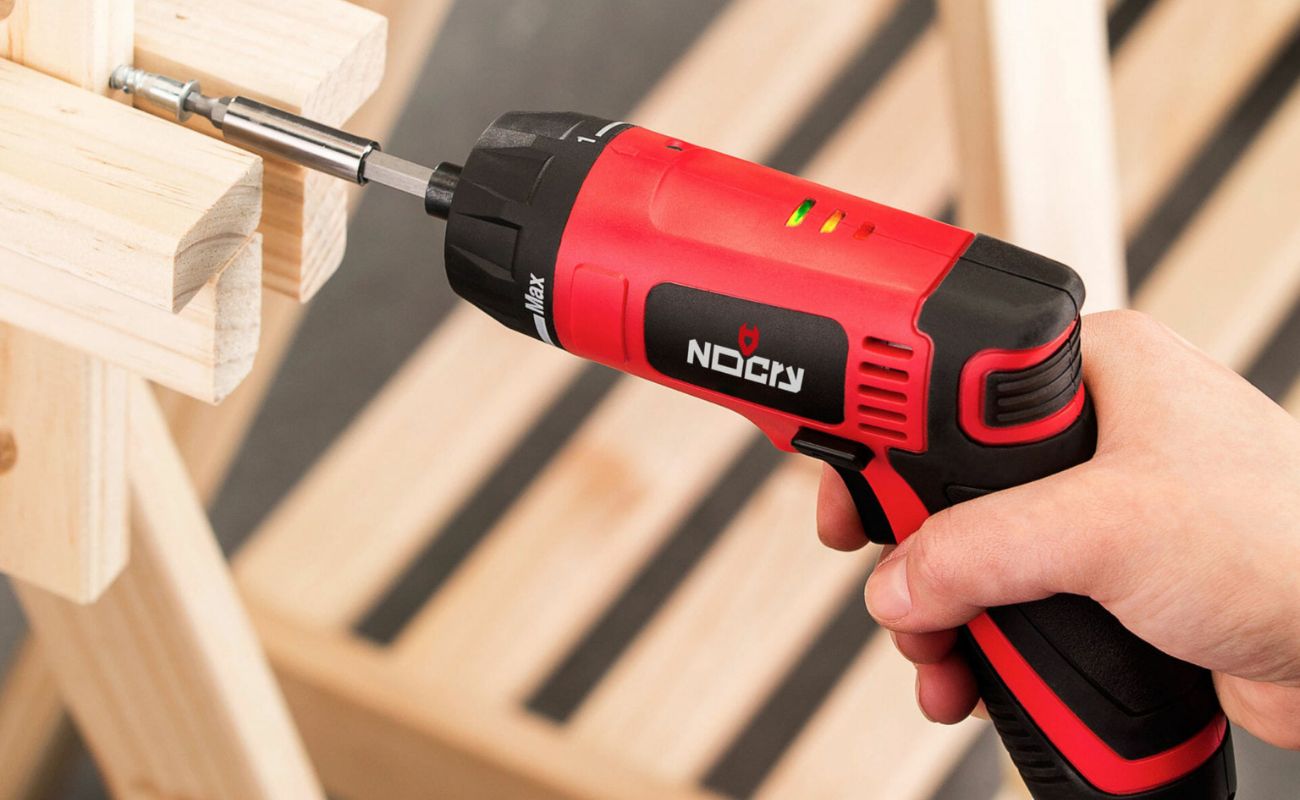
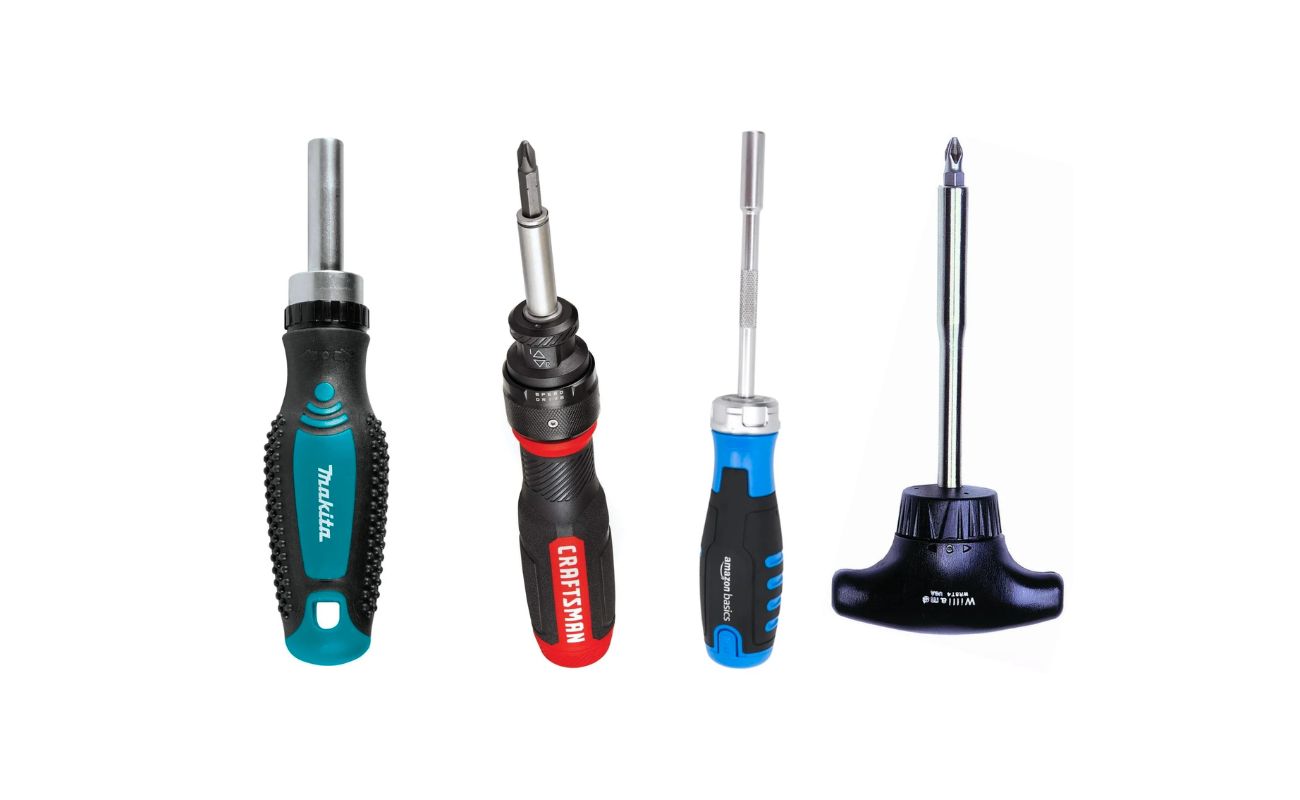
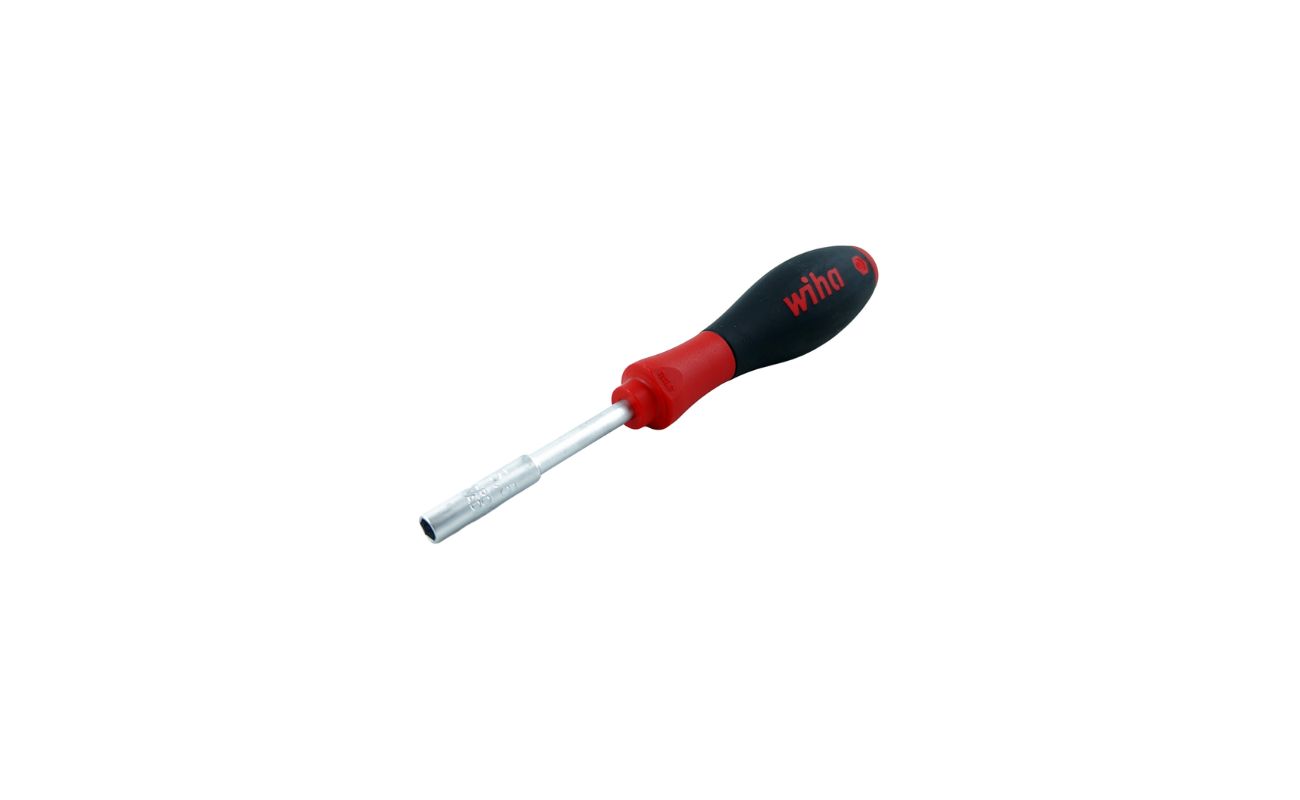

0 thoughts on “What Is A Flat Head Screwdriver Called”